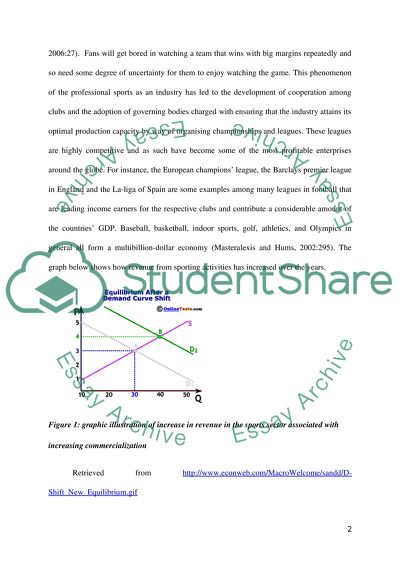Cite this document
(Professional Team Sports as the Product Offered to the Fans Term Paper, n.d.)
Professional Team Sports as the Product Offered to the Fans Term Paper. Retrieved from https://studentshare.org/sports-and-recreation/1437940-in-professional-team-sports-the-objectives-of-the
Professional Team Sports as the Product Offered to the Fans Term Paper. Retrieved from https://studentshare.org/sports-and-recreation/1437940-in-professional-team-sports-the-objectives-of-the
(Professional Team Sports As the Product Offered to the Fans Term Paper)
Professional Team Sports As the Product Offered to the Fans Term Paper. https://studentshare.org/sports-and-recreation/1437940-in-professional-team-sports-the-objectives-of-the.
Professional Team Sports As the Product Offered to the Fans Term Paper. https://studentshare.org/sports-and-recreation/1437940-in-professional-team-sports-the-objectives-of-the.
“Professional Team Sports As the Product Offered to the Fans Term Paper”, n.d. https://studentshare.org/sports-and-recreation/1437940-in-professional-team-sports-the-objectives-of-the.


